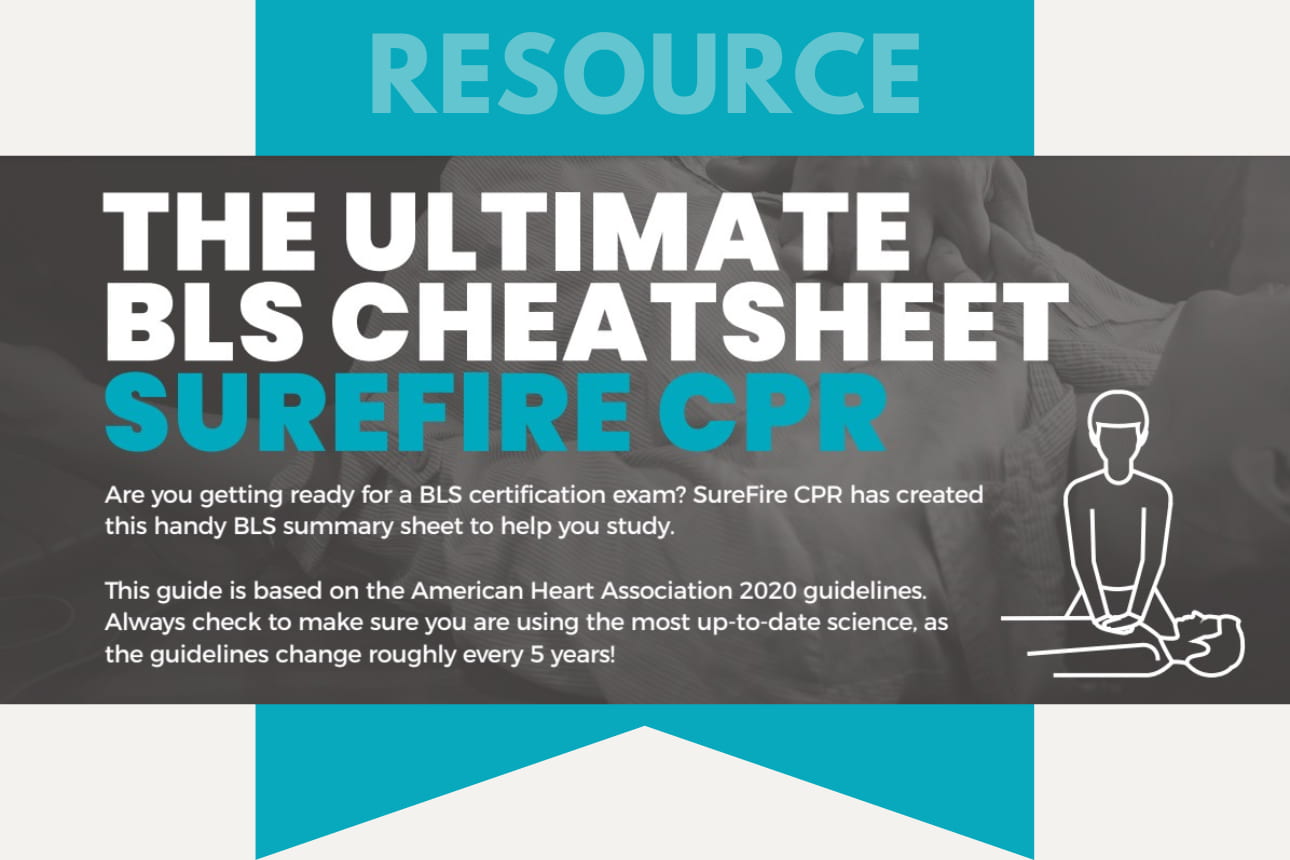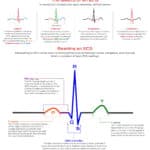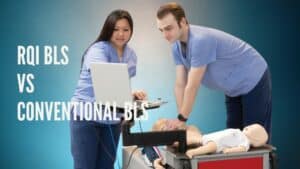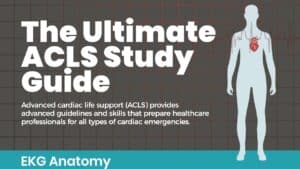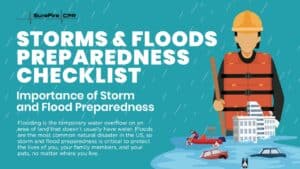When you’re preparing for the BLS certification exam, there are a lot of steps, numbers, and terms that you’ll need to keep track of. This handy BLS summary sheet can help you memorize everything and pass your exam with ease. *This guide is based on the American Heart Association 2020 guidelines. Always check to make sure you are using the most up-to-date science, as the guidelines change roughly every 5 years!
BLS for Healthcare Professionals
Basic life support (BLS) certification helps medical professionals understand how to treat patients facing life-threatening emergencies. During a BLS training course, you’ll learn how to perform CPR, proper AED use, how to treat choking victims, and related topics. The certification is typically recommended for healthcare providers and it is a job requirement for many doctors, nurses, dentists, EMTs, and more.
BLS Basics Cheat Sheet
If you’re preparing to take the Basic Life Support (BLS) exam, our printable BLS cheat sheet is a fantastic resource. We hope this BLS cheat sheet helps you feel confident and ready for your exam. Good luck!
Remember C-A-B
- C: Chest Compressions – deliver chest compressions with hard and fast pressure to the victim’s chest.
- A: Airway – open the airway by tilting the victim’s head back and lifting their chin.
- B: Breaths – administer mouth-to-mouth breathing.
Confirm scene safety
Adult/Child/Infant
Only approach the victim if it is safe to do so. If the scene is not safe, move to a safer location and contact emergency responders.
Assess the victim’s responsiveness
Adult/Child/Infant
If the victim is unresponsive, activate the emergency response system and call 911 for help. If there is another bystander, have them find an AED.
Check the patient’s breathing and pulse
Check to see if the patient is breathing and check for a definite pulse within 10 seconds.
Adult/Child
Look for a pulse at the carotid artery located on the patient’s neck.
Infant
Look for a pulse at the brachial artery located on the patient’s upper arm.
Administer rescue breathing
Rescue breathing should be administered if the patient has a definite pulse but is not breathing.
Adult
Follow a cycle of 1 breath every 6 seconds or 10 breaths per minute and check their pulse every 2 minutes.
Child/Infant
Follow a cycle of 1 breath every 2-3 seconds and assess pulse for no more than 10 seconds. If their pulse is under 60/minutes with poor perfusion despite rescue breathing, add compressions.
Administer CPR
CPR should be administered if the victim has no detectable pulse.
Adult
Give 30 compressions per 2 breaths.
Use the AED when available.
Child/Infant
If there is 1 rescuer present, give 30 compressions per 2 breaths.
If there are 2+ rescuers present, give 15 compressions per 2 breaths.
Use the AED when available.
AED use
Once the AED arrives, it should be used immediately.
Compression rate
Adult/Child/Infant
Compressions should be administered at 100-120 compressions per minute.
Compression depth
Adult
Compressions should be at least 2 inches deep.
Child
Compressions should be at least ⅓ the depth of the chest, usually about 2 inches.
Infant
Compressions should be ⅓ the depth of the chest, usually about 1.5 inches.
High-Quality CPR
It is imperative that high-quality CPR is administered to give the patient the best possible chance of survival. Remember these rules for high-quality CPR:
- Once you recognize cardiac arrest, be sure to start chest compressions within 10 seconds.
- Allow the chest to completely recoil after each compression.
- Minimize interruptions between compressions. Try to keep any interruptions under 10 seconds.
- Deliver fast, hard chest compressions at the appropriate rate and depth.
- Ensure that the chest is rising with rescue breaths for effective breath support.
- Prevent excessive ventilation.
Key Terms:
- BLS: Basic Life Support
- AHA:American Heart Association
- CPR:Cardiopulmonary resuscitation
- AED: Automatic external defibrillator
- Compression rate: The compression rate is the speed at which chest compressions are administered when performing high-quality CPR.
- Compression depth: The compression depth refers to the desired amount that rescuers should press down on the patient’s chest during chest compressions. To give successful CPR, the rescuer needs to press down far enough into the patient’s chest in order to mimic the heart pumping blood and restore blood flow.
- Rescue breathing: Rescue breathing is when the rescuer blows air into the patient’s mouth to create artificial breath during mouth-to-mouth CPR. It can be performed on its own or in conjunction with chest compressions.
Get BLS Certified with SureFire CPR
If you need to get BLS certified, sign up for a BLS training course with SureFire CPR. Our expert-led courses make the training process engaging, fun, and informative. We know your schedule can be busy as a medical professional, so we offer classes at a variety of times and locations across Southern California to make training convenient for you. We also have hybrid BLS classes that are taken primarily online with a brief in-person skills assessment.
Our friendly and knowledgeable team is here to help make the BLS certification process simple and stress-free. If you have any questions, feel free to reach out. Contact us online via our contact form or give us a call at (888) 277-3143.

